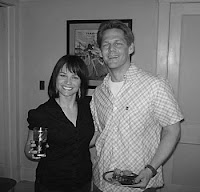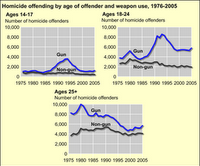 we’re celebrating a new ph.d. in the department, after heather hlavka’s successful defense of her dissertation, the trouble with telling: children’s constructions of sexual abuse.
we’re celebrating a new ph.d. in the department, after heather hlavka’s successful defense of her dissertation, the trouble with telling: children’s constructions of sexual abuse.
dr. hlavka analyzed ten years of case files and videotaped forensic interviews with children seen for suspected cases of sexual abuse. the diss is powerful stuff, rendered with great care, sensitivity, and sophistication. she shows how the meaning of sexual abuse is negotiated in interaction with adults, but keeps the children’s voices front-and-center throughout. a systematic research design yields clear (and disturbing) generalizations about social power and barriers to disclosure. in short, she’s got me questioning just about everything we (think we) know about the age, race, class, and gender distribution of child sexual abuse.
dr. hlavka will be professin’ at marquette university this fall, where she will join darren wheelock, a fellow minnversity sociologist.






